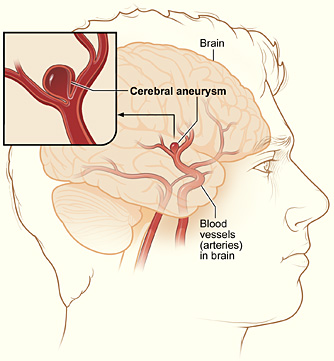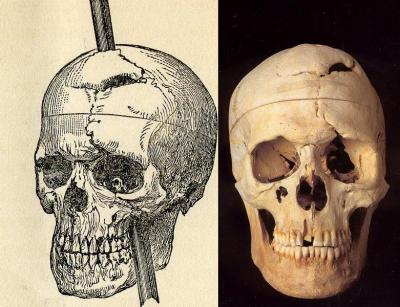Consider this: if you see something that is not there, or not see something correctly, is that due to a problem in your eyes or your brain? An interesting anatomical fact is that the eyes are part of the brain. They originally evolved from the brain and drifted further and further forwards, connected to the brain by the optic nerves. If you lift a brain out from the skull, the eyes would be pulled backwards too. But technically speaking, eyes are distinct organs by themselves that have merely originated from a portion of the brain. It does not think or make decisions by itself. Just like a camera, an eye records things as it sees it and transmits it to the brain via the optic nerve via electrical signals. The brain then processes the signals in the occipital lobe, located at the back of the head (this is why you “see stars” when you bang the back of your head).
This means that vision can be altered anywhere along the pathway. If you have cataracts, where the lens of the eye becomes clouded, you lose portions of your visual field. If you have a large pituitary gland tumour, it presses on the optic nerve and causes double vision (diplopia) or vision loss. If you have a stroke in the occipital lobe, you can lose your vision. The brain’s role in producing vision can easily be demonstrated in the form of optical illusions. The eye merely records and transmits what it sees, but the brain becomes confused by what information it receives and tries to make sense of it. In the process, we experience bizarre illusions such as static images moving by themselves.
Because of this intricate pathway, some pathologies present with fascinating symptoms. A condition called Anton’s blindness (or Anton-Babinski syndrome) causes a patient to “see” despite being blind. Patients with Anton’s blindness are adamant that they can see perfectly clearly, and will even describe what they are seeing. However, what they “see” is completely different to what the object actually looks like. For example, if the patient looked at a blonde woman wearing a yellow blouse and a red skirt, they may describe her as a brunette woman wearing a blue shirt and black jeans.
The reason for their blindness is that their occipital lobe was damaged (usually by a stroke), leading to an inability to process the information from the eyes. Although the eyes are pristine and record what they see in perfect detail, the brain is incapable of interpreting the signals. The brain then goes on to confabulate, where the brain fills the gap by conjuring up false information. This makes Anton’s blindness quite hard to pick up on as the patient will not complain of it. It is only found when someone pays close attention to the patient and notices subtle cues like the patient bumping into furniture or talking in the direction where they think a person is at (even after they move). Ergo, the patient adamantly believes that they can see as their brain thinks it is seeing things (even though it is not receiving the information from the eyes properly).
Seeing is not believing. You see what you believe.

















